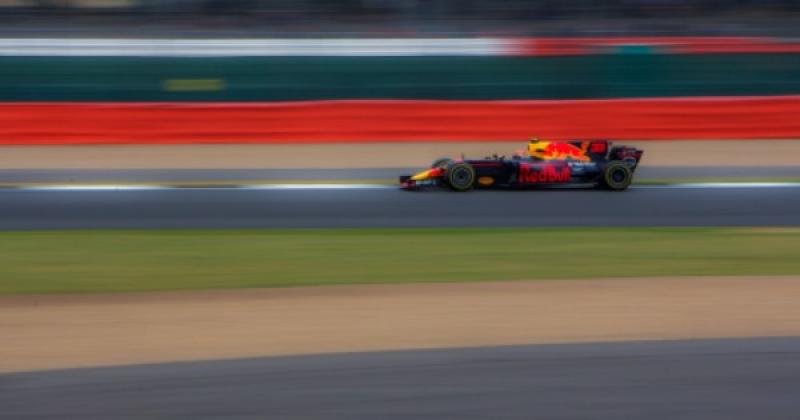F1 watch - Can a colourful helmet impact performance?
24th Mar 2021
(image credit - Glen Wheeler)
With the first F1 race of the season set to kick off in Bahrain this weekend, it is finally time for the teams to find out if the winters work on their cars has been a success. But what about work on the drivers? How will they have been using the off-season to progress their own performance?
The off season....practice, practice, practice.
All drivers will have been working with their performance coaches to try and maximise their own ability. They will have access to the best technology and expertise that is available, but each driver may have approached their own performance enhancement from a different angle, and it will be fascinating to see who might have made the greatest strides forward.
Performance Vision has worked with a significant number of Formula 1 drivers who will be on the grid this weekend. For some of them, our work involved testing their visual ability and providing training programmes that they could follow during the F1 season. For other drivers, we would see them on a more regular basis to work one-on-one on the different areas of vision that directly impacted their driving.
For any fans of Netfix's Drive to Survive series, (a fascinating insight into the world of the drivers, support teams, principles and F1 politics) - you may spot some of the drivers including parts of these training programmes as part of their pre-race preparation. Warming up the eyes and brain plays as much of a role in successful performance as warming up the muscles.
The little details
With one particular driver, we were asked to help with some interesting mini-projects that aimed to ensure he had the best integration with his driving equipment, in particular his helmet. In the past we had worked with this driver to evaluate which shade of visor he should be using and how to choose the best one based on the particular weather conditions. On this occasion, his performance coach approached us wanting to look at the helmet design even more closely. He was concerned that the interior colour of the helmet might affect some aspects of vision. Previously, most helmets had the same colour on the internal padding – it always tended to be black, but recently different colours had been produced and this driver had been using these, and his colour choice was purely based on what he felt looked good. However, as these different colours are visible in the driver's periphery, the performance coach was mindful that it might impact vision and in turn, driving performance.
In order to test the effect that this padding colour might have, we designed some tests to measure particular visual aspects including peripheral awareness and reaction time. We then set about running these tests with the driver, evaluating combinations of two different shades of visor and four different internal helmet colours.
A 10% difference in reaction speed!
The results of these tests were quite startling, even surprising us. The difference between the best and worst padding colours led to over a 15° difference in peripheral vision and a 10% difference in reaction speed. These differences are phenomenal. In driving terms could make the difference between seeing a car attacking you more rapidly and being able to shut down any overtaking moves they attempt more quickly. It could enable a driver to break later into a corner. It could allow them to evade debris on the track or avoid a collision. In short, it could be the difference between winning ang losing.
In a sport where millions of pounds are spent to gain fractions of a second, findings of this magnitude cannot be underestimated.
So, what started out as an investigation in to something that seemed like a very minor detail, ended up identifying what could be a huge advantage over other drivers on the grid.
Like everyone else, we will be watching with bated breath at the weekend, and through the season, to see how these marginal gains are put in to play during the races.